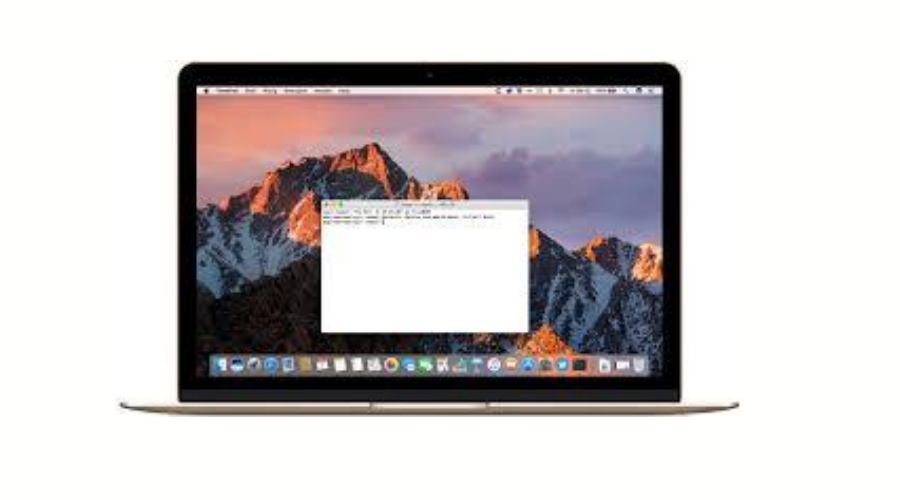How to Keep the Mac Dock on One Screen in a Dual Monitor Setup
- Repair My Phone Today
- Jul 29, 2020
- 1 min read
If you are not already, you should begin with a dual monitor setup since it really can boost your productivity. There are also a lot of other reasons to have several monitors.
Nonetheless, in recent variants of macOS, the Dock screens on all screens by default. Many users such as this, but perhaps you do not. Maybe you would rather maintain the Dock on a single display.
To change this, you've got two choices. Regrettably, both are merely workarounds that may or might not be satisfactory for you. At this moment, it is everything you can do, so let us have a look.
Uncheck the option named Displays have different Spaces.

Subsequently, your Dock must follow the main screen.
Downside: You shed other dual-monitor capabilities. These include each screen using its menu bar and programs being able to operate in full-screen perspective on every screen.
Choice Two: Ranking the Dock into the Negative Locate the option Named Position on display and set it into Left or Correct. This may lock the Dock to a single screen.
Downside: You will not have the ability to use a bottom-edge Dock. This position also does not play well if you have three or more screens since you are going to have a lot of screen real estate to cross to achieve the Dock.
Hopefully one of both of these approaches will work for locking your Dock to a single display. If you encounter issues with dual screens, try out these troubleshooting ideas to restore your multi-monitor Mac installation.





















Comments